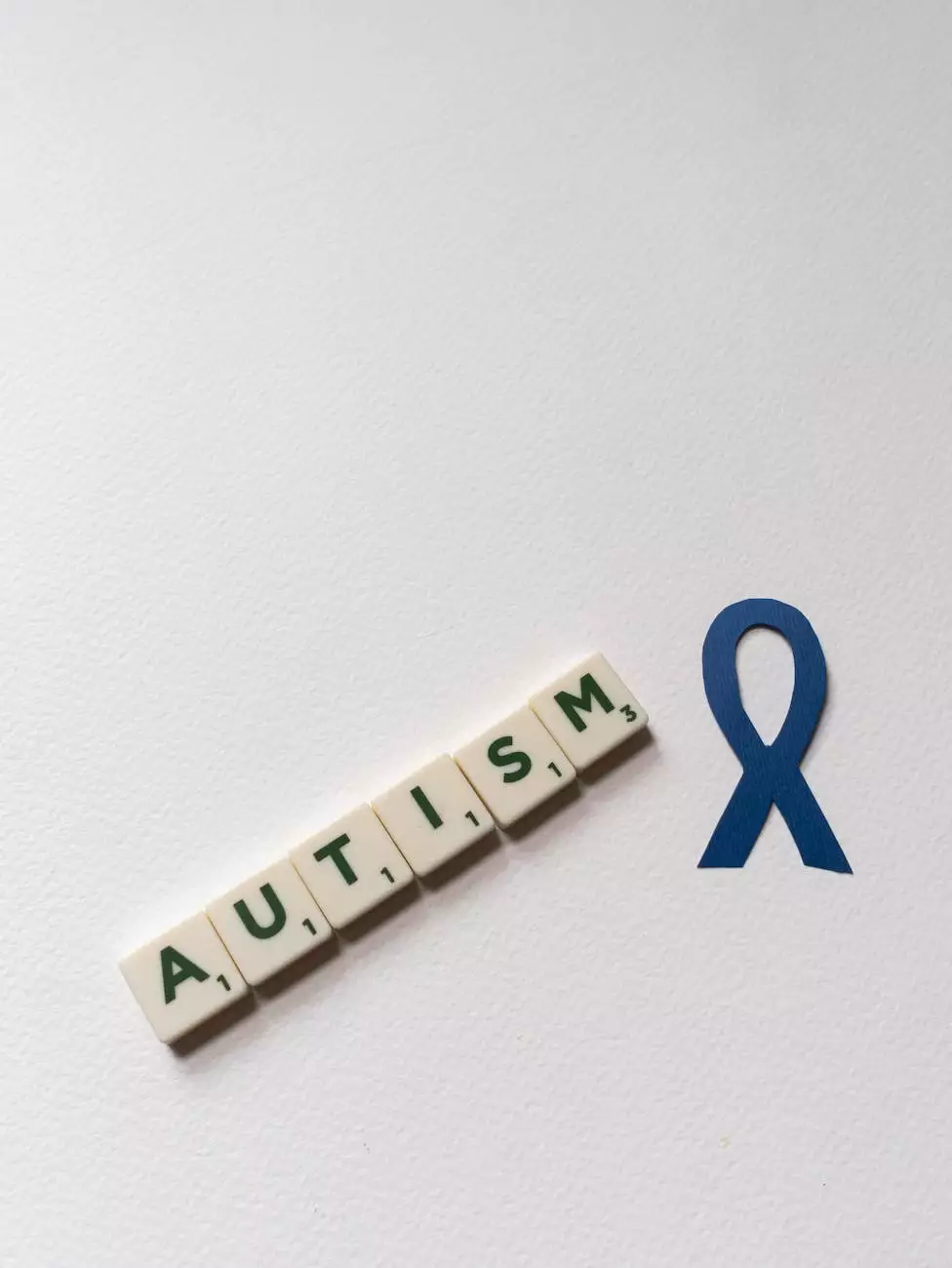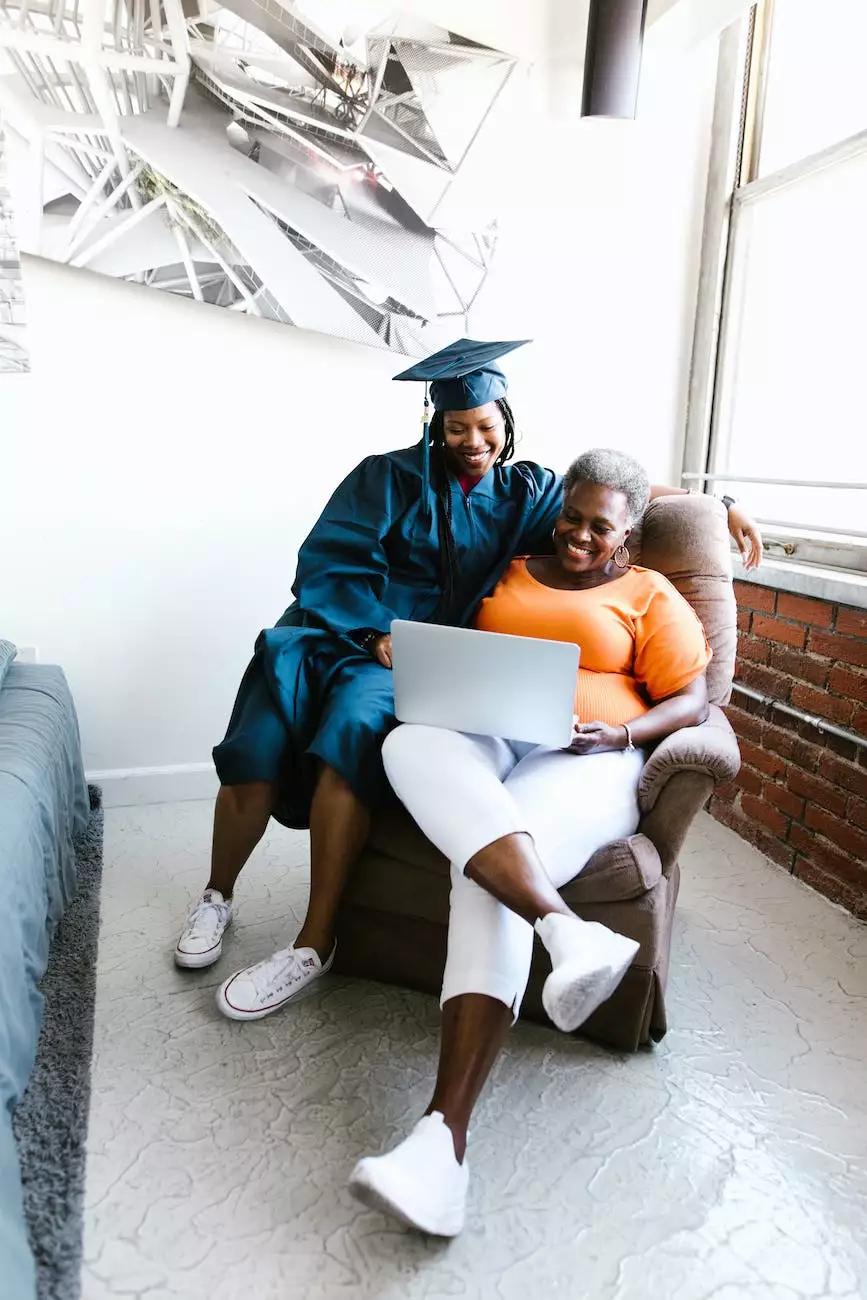Aligning Postsecondary Goals and Annual Goals

Introduction
Welcome to Fountain of Hope's page on aligning postsecondary goals and annual goals in transition planning and the Individualized Education Program (IEP). As a trusted resource in the community, our organization is dedicated to supporting individuals in their journey towards a successful future.
The Significance of Aligning Postsecondary Goals and Annual Goals
Transition planning is an essential part of the education process for individuals with disabilities, as it helps them prepare for life after high school. One crucial aspect of this planning is aligning postsecondary goals with annual goals in the IEP. This alignment ensures that students have the necessary skills and supports to achieve their desired outcomes.
By aligning these goals, students are better equipped to transition smoothly into adulthood, whether that entails pursuing higher education, entering the workforce, or engaging in other meaningful activities. The process involves setting realistic expectations, identifying potential challenges, and creating a roadmap to overcome them.
Creating Relevant and Measurable Goals
When aligning postsecondary and annual goals, it is essential to make them relevant to the student's future aspirations. This means considering their interests, abilities, and strengths. By doing so, we empower students to take ownership of their goals and motivate them to work towards achieving them.
Furthermore, goals should be measurable to allow for progress monitoring. The IEP team, consisting of educators, parents, and other relevant stakeholders, collaboratively develops these goals based on the student's unique needs and abilities. Measurable goals help track a student's progress and make necessary adjustments along the way.
Strategies for Successful Alignment
Person-Centered Planning
Person-centered planning is a valuable approach when aligning postsecondary and annual goals in transition planning. This approach focuses on the individual's strengths, preferences, and interests. By involving the student in the planning process, their goals become more meaningful and relevant to their personal aspirations.
Person-centered planning ensures that students' voices are heard and that their goals reflect their dreams and ambitions. By valuing self-determination, students are more likely to be motivated and take an active role in their educational journey.
Collaboration and Communication
Successful alignment of postsecondary and annual goals requires collaboration and communication between various stakeholders. Parents, educators, support professionals, and community members all play crucial roles. It is important to maintain open lines of communication, share information, and coordinate efforts to support the student effectively.
Regular meetings, such as IEP team meetings and transition planning conferences, provide an opportunity to discuss progress, address concerns, and ensure everyone is working towards a common vision. Collaboration fosters a holistic approach to transition planning, providing students with the best chance of achieving their long-term goals.
Benefits of Aligning Postsecondary Goals and Annual Goals
Smooth Transition
Aligning postsecondary goals and annual goals sets the stage for a smooth transition from high school to postsecondary education or the workforce. This alignment ensures that students have acquired the necessary skills, knowledge, and resources to succeed in their chosen path.
By identifying potential gaps in their skills or areas for improvement early on, students can receive appropriate support and interventions to address these needs. This targeted approach creates a solid foundation for the transition, increasing the likelihood of a successful outcome.
Increased Self-Confidence
When students have clearly defined goals that align with their aspirations, it boosts their self-confidence. They gain a sense of purpose and direction, understanding that their efforts are aligned with their desired future outcomes.
With each milestone achieved, students develop a positive self-image and begin to believe in their abilities. This increased self-confidence contributes to their overall well-being and further motivates them to work towards their goals.
Improved Postsecondary Outcomes
Studies have shown that aligning postsecondary goals and annual goals results in improved postsecondary outcomes for individuals with disabilities. By setting clear expectations and providing appropriate supports, students are better prepared for their post-high school endeavors.
Whether pursuing higher education, vocational training, or employment, students with aligned goals have a roadmap to guide their decisions and actions. This leads to a higher likelihood of successful outcomes, such as higher graduation rates, improved employment prospects, and greater independence.
Conclusion
At Fountain of Hope, we understand the significance of aligning postsecondary goals and annual goals in transition planning and the IEP. Our commitment to supporting individuals in their journey towards a successful future is rooted in providing comprehensive guidance, resources, and assistance.
By aligning these goals, students are equipped with the tools they need to navigate the transition to adulthood confidently. Through person-centered planning, collaboration, and effective communication, we strive to empower individuals and ensure they have every opportunity to reach their postsecondary goals.










